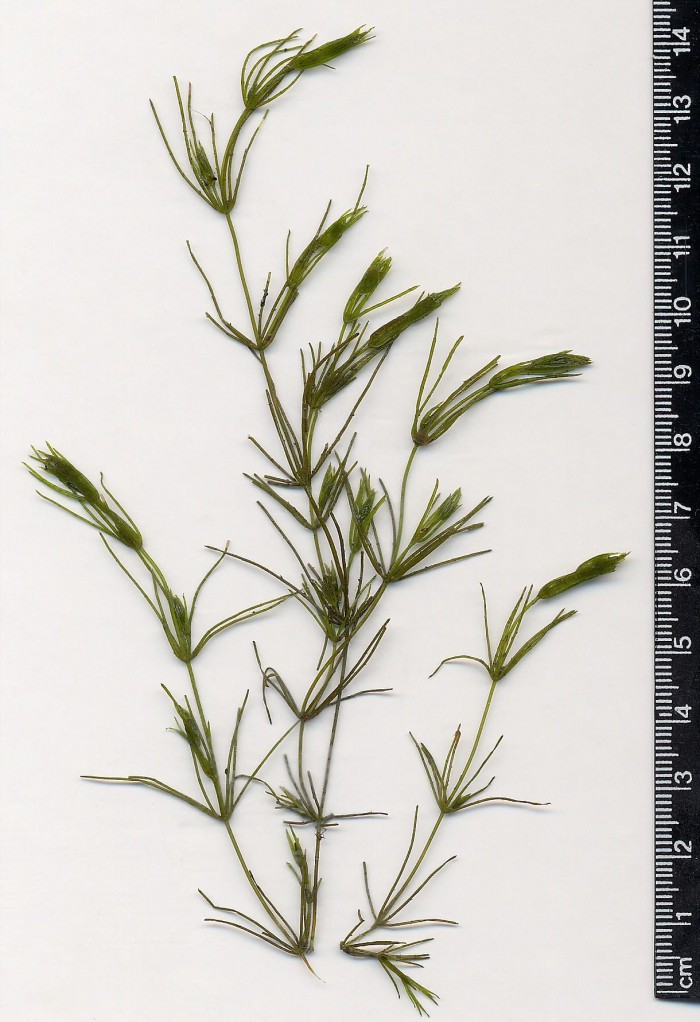
(b) Palmelloid : Here the vegetative cells of the alga get surrounded by a mucilagenous matrix e.g., Tetraspora. A colony having fixed number of cells and division of labour is called as coenobium e.g., Volvox. While the colony of Volvox is motile, that of Hydrodictyonis fixed. (a) Colonial : A colony consists of independent organisms. (ii) Multicellular forms : The multicelled algae show a considerable range in their organization. They are called as coccoid e.g., Chlorella, Chroococcus. Some forms have a thick wall and become sedentary for certain duration in their life history. Forms showing movement by pseudopodia are called as rhizopodial. They may be motile ( Chlamydomonas) or non-motile (diatoms). (i) Unicellular forms : Several members of algae are unicelled. The algae show a considerable variation in the organization of the thallus : In addition, Rhodochytrium, Phyllosiphonare other parasitic algal forms. (viii) Parasites : The alga Cephaleuros virescensgrows a parasite on the tea leaves. growing in symbiotic relationship with members of Ascomycetes and Basidiomycetes (Fungi) constitute the lichen.


(g) Symbiotic forms : Some algae like Chlorella, Nostoc etc. The blue-green algae which grow endozoically inside the protozoans are called as cyanallae. Some blue-green algae also grow in the respiratory tracts of animals. e.g., Chlorellagrow with in the tissue of Hydra. (f) Endozoic : Algae growing inside the body of animals. e.g., Cladophora crispata grows on snail shell, Characiumgrows on the antennae of mosquito larvae, Cyanoderma (red alga) and Trichophilus (green alga) are grow on scales of sloth. (e) Epizoic : Algae growing on the bodies of animals are described as epizoic. , Anabaena growing inside the leaf of Azolla (fern), Nostoc inside the thallus of Anthoceros (hornwort) and Anabaena, Nostoc, Oscillatoria inside the coralloid roots of Cycas. (d) Endophytes : Some blue-green algae grows as endophytes inside other plants e.g. e.g., Oedogonium, Cladophora, Vaucheria etc. (c) Epiphytes : Several algal forms grow on other plants (algae, angiosperms) as epiphytes. Some blue-green algae grow in hot water springs at about 70° C e.g., Oscillatoria brevis. (b) Thermophytes : Plants growing in hot water are called as thermophytes. nivalis, black by Scotiella nivalis and purple-brown by Ancylonema nordenskioldii. , yellow-green by Chlamydomonas yellowstonensis, red by C. Different algal forms produce a specific colour effect while growing as cryophyte e.g. (a) Cryophytes : Plants growing on snow or ice are called as cryophytes. Xanthophyceae members like Vaucheria and Botrydium growing on damp shady soil or on shady walls, are often described as Sapophytes. While forms like Oscillatoria and Nostoc occur on alkaline and calcareous soil, Fritschiellagrown on acidic soil. (iii) Terrestrial forms : Several members of green and blue-green algae and a few others occur on damps oil. The giant forms like Macrocystis (60 meters) and Nereocystis (50 meters) are also marine. While some occur as phytoplanktons and benthos, others occur as lithophytes. (ii) Marine forms : Most of the members of brown algae, red algae some green and blue-green algae occur in sea.

Some blue-green algae form water bloomson the surface of water.

They are described as ( epilithic or lithophytic). Many forms remain attached to rocks or stones. Several forms remain attached to bottom or at the bank or to submerged objects. Those forms which remain attached to bottom soil are called as ( epipelic). Some forms e.g., diatoms occur as passively floating and drifting flora. (i) Fresh water forms : They occurs in rivers, ponds, pools, lakes and ditches. The algae occur in a variety of habitats which are summarised hereunder They are simple, thallose, autotrophic non-vascular plants having unicelled sex organs and no embryo formation.Īccording to Fritsch, (1935) the designation alga must include all holophytic organisms, as well as their numerous colourless derivatives, that fail to reach the level of differentiation characteristic of archegoniatae plants.įather of Phycology - Fristch ⇒ Book ⇒ “Structure & Reproduction of algae”įather of Indian phycology - M.O.P. It is derived from the Greek word Phykos which means 'alga' or 'sea weed'. The branch of botany dealing with the study of algae is called as phycology or algology.


 0 kommentar(er)
0 kommentar(er)
